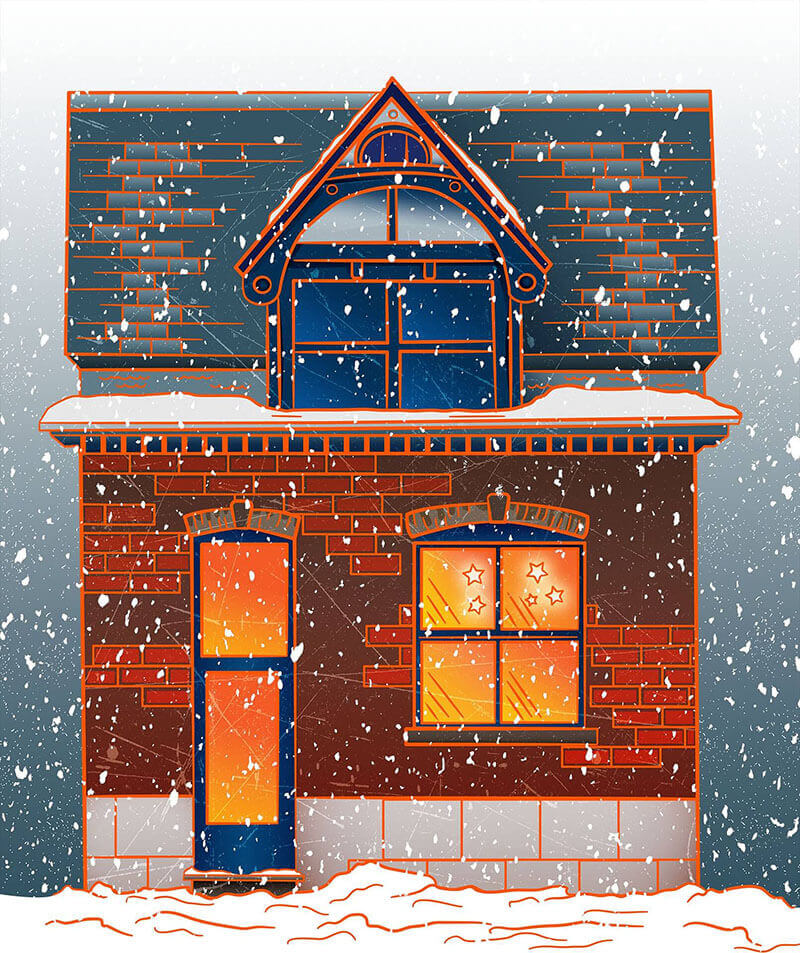What exactly is the ENERGY STAR program?
The Energy Star program began in the U.S. in 1992 for setting environmental efficiency standards for a wide range of both consumer and business products. These products range anywhere from computers and appliances all the way to industrial equipment and even entire buildings themselves. The list is continually being upgraded when new products are added or when the details of standards have changed. In Canada, the program is in a general partnership with the Government of Canada, specifically Natural Resources Canada. We’ll be focusing on the new standards and updates as it relates to windows, doors, and skylights that came into effect as of January 1, 2020.
Before that, let’s take a look at demystifying those ENERGY STAR labels on windows and doors. The labels may look a bit intimidating, especially for those who are not mathematically inclined or who are just unfamiliar with the standard of units used for the measuring the energy ratings (ER), such as Kelvin, or Fahrenheit conversions.
There are a few factors that make windows and doors energy efficient, such as how well they prevent heat from escaping through either the frames or the panes themselves. On an ENERGY STAR label, this would be called the “U-Factor”. The lower the number, the greater the resistance is to heat flow in or out. Keeping conditioned air in, whether it is heated or cooled, is the very basis of creating a home that is energy efficient. The other important category on an ENERGY STAR label is “Solar Heat Gain Coefficient (SHGC)”. In basic terms, this represents how well the product prevents solar heat from entering the home. Again, this is important for maintaining an efficient and predictable indoor temperature level. As well as offering UV protection, it’s also an important rating when deciding upon the best window choice for those sunnier locations of the home. The other categories on the labels of energy performance ratings include:
- “Visible Transmittance”. The ability of natural light that can enter through the windowpane. Lower number = less light.
- “Air Leakage.” The lower the number, the less possibility of draft permeation.
- “Condensation Resistance.” The higher the number rating, the better the product is at resisting the formation of condensation.
When new products are created, the ENERGY STAR standards are then updated, as we’ve seen this year. As of January 1, 2020, there are new changes to the energy rating standards for residential windows, doors, and skylights. Specifically, now for windows and doors to qualify for the ENERGY STAR program, the product must have a U-Factor of no higher than 1.22, or no lower than a 34 Energy Rating measurement. This means that the bar has been raised and the energy efficiency ratings have become more strict compare to 2019 standards that were 1.40 U-Factor and 29 Energy Rating.
With all of these factors to take into consideration when choosing replacement windows and doors, it’s very important to find an experienced professional company who offers ENERGY STAR products. At AM Window & Door Solutions, we have over 60 years of experience under our belts and will work together with you to come up with an energy efficient and economical plan for choosing your new windows and doors. Our line of windows – the AM Designer Series are ENERGY STAR windows! Give us a call today for a free assessment.

